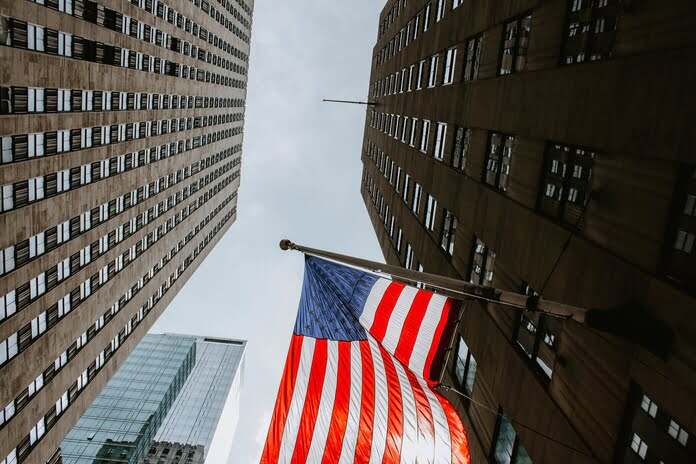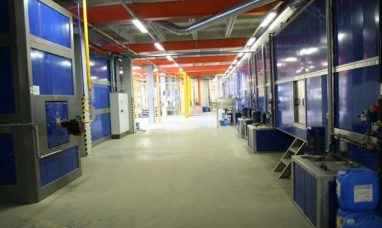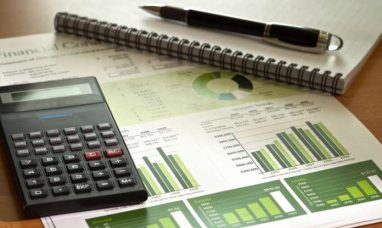The US economy experienced a significant slowdown in the last quarter, with a growth rate of 1.6% annually, primarily influenced by high interest rates. Despite this, consumer spending, a key driver of economic growth, remained robust.
According to the Commerce Department’s report released on Thursday, the gross domestic product (GDP) decelerated from the robust 3.4% growth rate recorded in the final quarter of 2023. The slowdown was attributed to a surge in imports, which deducted nearly 1 percentage point from first-quarter growth, and businesses reducing their inventories, both of which are prone to significant fluctuations from quarter to quarter.
However, core components of the economy, including household spending and business investment, remained strong. Paul Ashworth, chief North America economist at Capital Economics, noted that despite the volatile import and inventory numbers, there is still positive underlying momentum in the economy.
While the economy showed signs of strength, concerns about inflation persist. The report revealed a 3.4% annual rate of inflation from January to March, up from 1.8% in the previous quarter, with core inflation rising to 3.7% from 2% in the fourth quarter of 2023. These inflationary pressures have been a focal point for the Federal Reserve.
As the US heads into election season, the state of the economy has become a prominent issue. Critics of President Joe Biden, particularly Republicans, have blamed him for high prices, despite improvements in the job market and a pullback in inflation from its peak in 2022.
The gradual slowdown in the economy can be attributed in part to higher borrowing rates resulting from the Federal Reserve’s 11 interest rate hikes aimed at curbing inflation. Nevertheless, the US economy continues to outperform other advanced economies globally, with projections from the International Monetary Fund (IMF) suggesting growth of 2.7% for 2024.
Despite challenges such as weak spending on equipment and drag from international trade, businesses have been investing in various sectors, encouraged by federal incentives. However, concerns about inflation persist, with the Fed signaling a cautious approach to rate cuts despite earlier expectations.
In summary, while the US economy faces headwinds such as inflation and high interest rates, it continues to exhibit resilience and outpace other advanced economies, albeit at a slower pace than in previous quarters.
Featured Image: Freepik @ wirestock

















